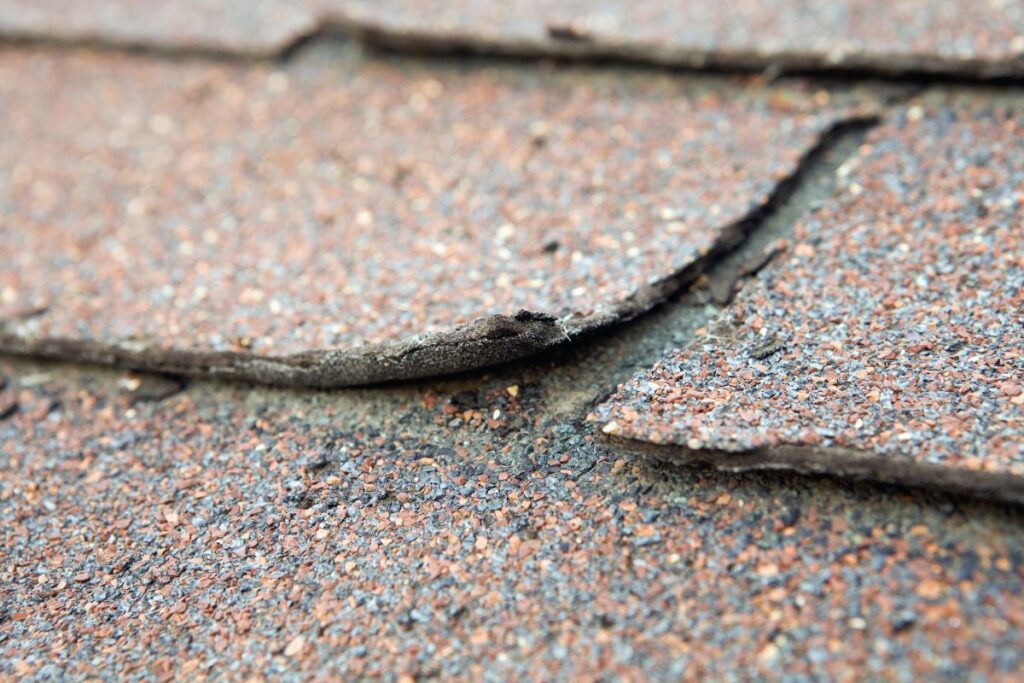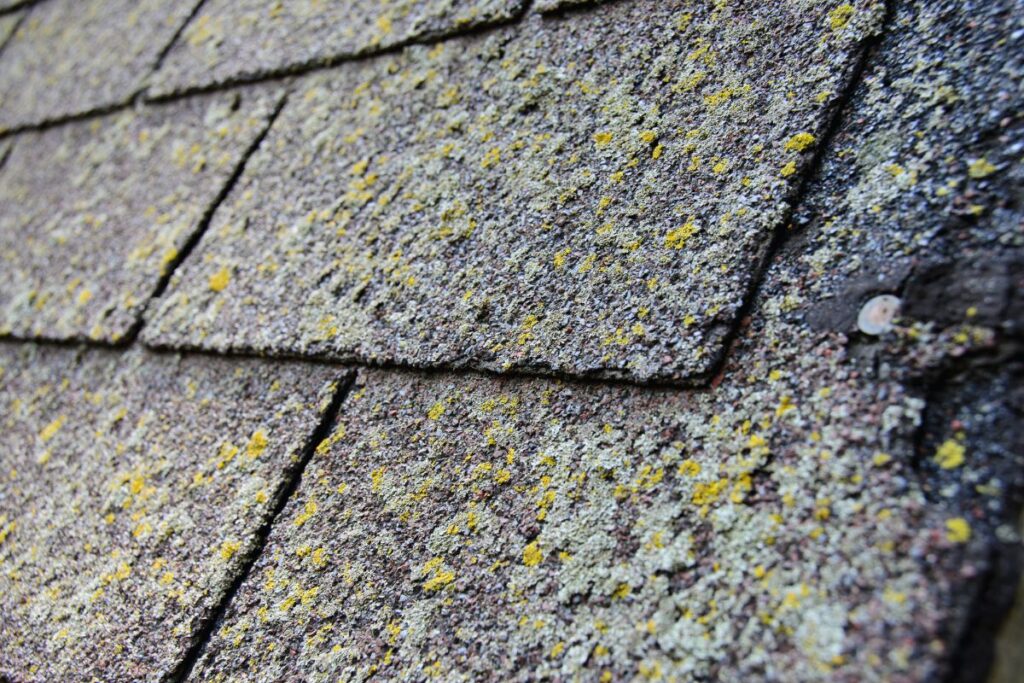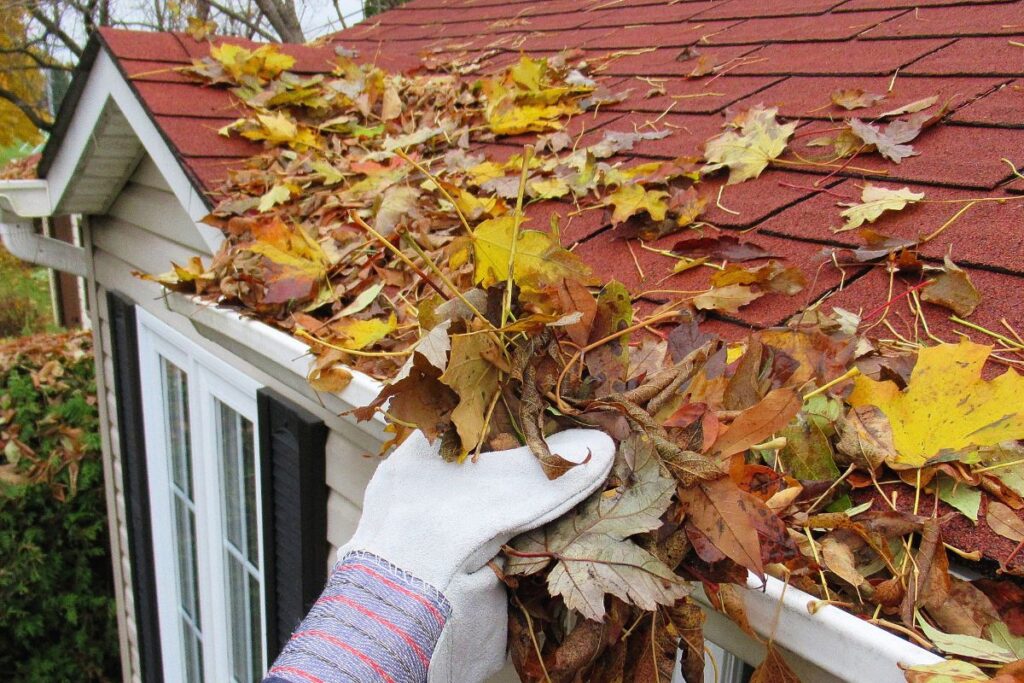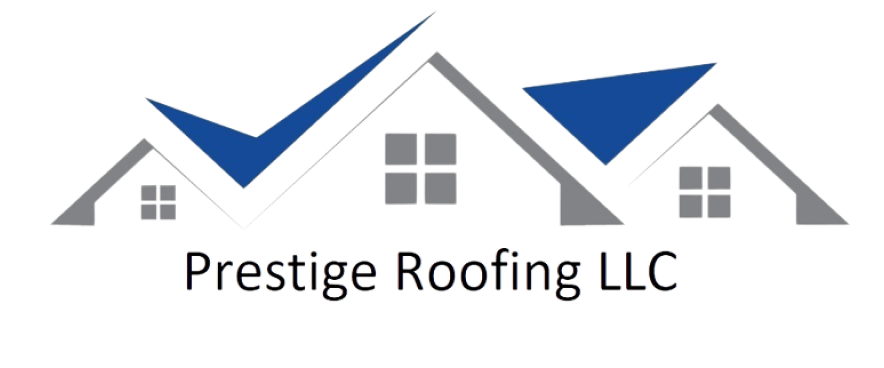Spring in Wisconsin brings warmer temperatures, melting snow, and plenty of rain. While homeowners welcome the change in weather, the transition from winter to spring is also a crucial time to assess the condition of your roof. Harsh winters take a toll on roofing systems, and neglecting maintenance can lead to expensive repairs down the line. To keep your home safe, energy-efficient, and protected from leaks, spring is the best time to conduct a thorough spring roof inspection and maintenance routine.
In this guide, we’ll walk you through the key parts of spring roof maintenance, helping you identify and address potential issues before they turn into major problems. While you can take care of minor upkeep yourself, there are some tasks that might require you to seek out professional assistance. In both cases, this checklist will ensure your roof remains in peak condition for the upcoming Wisconsin summer.
7 Crucial Tips For Maintaining Your Roof In Spring
Small things can have a big impact, and this is true for your roof as well. Take care of the following in spring and ensure that your roof stays in the best condition possible:
#1 Inspect Your Roof for Winter Damage
Wisconsin’s winters bring heavy snowfall, ice dams, and freezing temperatures, all of which can cause significant wear and tear on your roof. As spring arrives, take the time to inspect your roof for signs of damage, including:
Look For Shingle Damage

Wisconsin winters are harsh and your shingles are the most vulnerable during this period. If the asphalt shingles are curling or have developed cracks, this could indicate wear from ice buildup or high winds. This leads to your roof offering weaker protection against rain and further wind damage.
If the roof is missing shingles, leaving the underlayment exposed, you might end up making your roof more vulnerable to leaks.
Sagging Sections

A possible sign of trapped moisture or structural damage from heavy snow loads. If left unchecked, sagging areas can worsen, leading to major structural issues and potential roof collapse. Read more about roof sagging here.
Inspect Damaged Flashing
Flashing around chimneys, vents, and skylights may have become loose, leading to potential leaks. Even small gaps in flashing can allow water to seep in, causing interior water damage and mold growth over time.
Moss or Algae Growth

Indicates excess moisture and potential water retention issues. Over time, moss can lift shingles, making them more susceptible to wind damage and water penetration.
As you can see, most of these issues will require you to go up to your roof, which can be risky and is not advisable. A visual inspection from the ground using binoculars can help identify obvious damage. However, for a thorough assessment, consider hiring a professional roofing contractor.
#2 Check and Clean Your Gutters

Gutters play a vital role in directing rainwater away from your home’s foundation. However, they can easily become clogged with debris such as leaves, twigs, and leftover debris from winter storms. A clogged gutter can lead to water pooling on your roof, increasing the risk of leaks and structural damage. This is a real possibility in the months of March and April, which bring sudden showers to the badger state.
Apart from clogging, look for other signs of gutter damage, such as dents and other forms of wear and tear.
Here is how you can ensure that your gutters are ready for the heavy rains in the spring:
- Remove leaves, twigs, and other debris using a gutter scoop or small trowel
- Flush the gutters with a garden hose to ensure proper water flow
- Inspect for signs of sagging, rust, or separation from the roofline
- Ensure downspouts direct water at least five feet away from your home’s foundation
If you notice consistent clogging, consider installing gutter guards to reduce maintenance needs.
#3 Examine Attic Ventilation and Insulation
Another way to ensure that your roof and your home are ready for spring is to check airflow. Proper attic ventilation and insulation are essential for preventing moisture buildup, mold growth, and excessive heat, which can lead to premature roof deterioration. After a long winter, inspect your attic for:
- Signs of leaks: Look for water stains, mold, or damp insulation
- Blocked vents: Ensure vents are not obstructed by insulation or debris
- Adequate airflow: Poor ventilation can lead to trapped heat, increasing energy costs and damaging shingles over time
If your attic lacks proper insulation or ventilation, consult a professional to make necessary adjustments that will enhance your home’s energy efficiency and prolong your roof’s lifespan.
#4 Address Any Leaks or Water Stains
Water stains on ceilings or walls are clear signs that the roof is experiencing a leak. Even minor leaks can lead to significant damage, including mold growth and structural deterioration. If you notice any of the following, take immediate action:
- Discolored or peeling paint on ceilings or walls
- Water stains near chimneys, vents, or skylights
- Dripping water during or after a storm
Leaks often stem from damaged flashing, missing shingles, or ice dam remnants. Contacting a professional roofer for a comprehensive inspection can help pinpoint and resolve the issue before it worsens.
#5 Trim Overhanging Tree Branches
Spring is an ideal time to trim any tree branches that extend over your roof, as these overgrown limbs can cause multiple issues for your home. When branches scratch against shingles, they can cause premature wear and tear, potentially reducing your roof’s lifespan.
These branches will also drop leaves and debris, which often lead to clogged gutters and potential water damage. Perhaps most concerning is the risk of branches breaking and falling during storms, which creates a serious hazard to the roof and your entire home. By maintaining trees regularly, you’re not only protecting your roof from these potential problems, you’re also enhancing your property’s overall safety and curb appeal.
#6 Plan for Roof Repairs or Replacement if Needed
If a spring roof inspection reveals significant damage, it may be time to plan for repairs or even a full roof replacement. Common reasons to consider a replacement include:
- Extensive shingle damage or bald spots
- Persistent leaks despite making repairs
- A roof over 20 years old
Addressing these issues early prevents larger, more expensive problems down the road. A professional roofing contractor will help you determine the best course of action for your home.
Also Read: What Is The Average Time For A Roof Replacement?
#7 Consider Installing A Roof Coating
Taking a proactive approach to roof protection through preventative maintenance and protective coatings can significantly extend your roof’s lifespan.
By applying a quality roof coating, you can enhance your roof’s defense against harmful UV rays. This better prepares your roof for the upcoming summer when the temperatures are pretty high.
Coatings also take care of moisture infiltration and the stress of constant temperature changes. These coatings do more than just seal your roof, they create a reflective barrier that can notably reduce your energy costs by reflecting sunlight away from your home. They also provide an extra layer of waterproofing protection and can add years to your roofing materials’ life expectancy.
Kickstart Spring The Right Way!
Spring is the perfect time for homeowners in Wisconsin to take proactive steps in roof maintenance. By inspecting for winter damage, cleaning gutters, ensuring proper attic ventilation, and addressing any necessary repairs, you can extend the life of your roof and protect your home from expensive future issues.
If you need professional assistance, our experienced team at Prestige Roofing LLC is here to help. We offer comprehensive roof inspections, maintenance, and repair services to keep your roof in good condition year-round. Contact us today at (920) 791-0414 for a free consultation and ensure your home stays safe and secure through every season.

